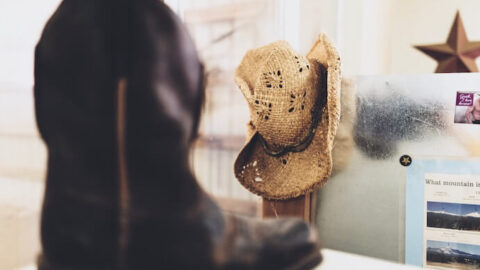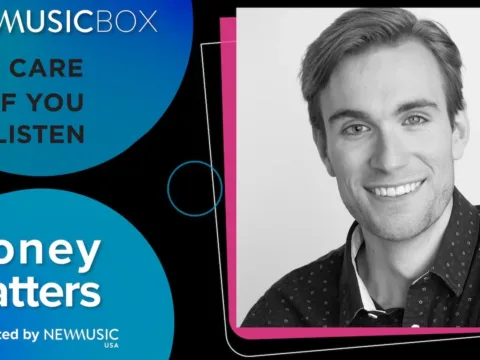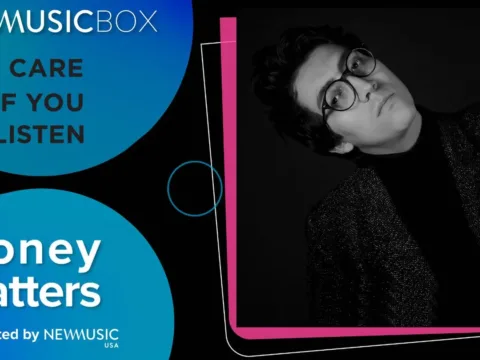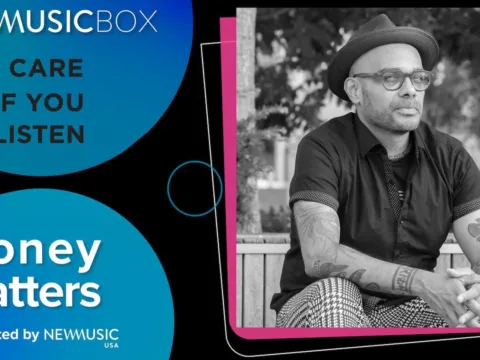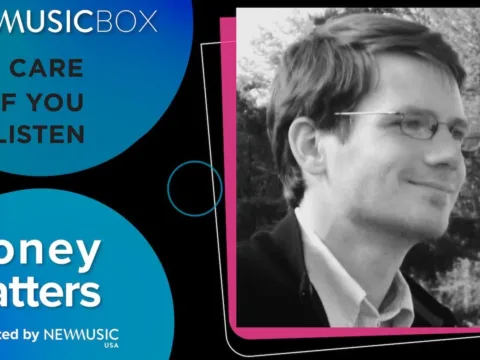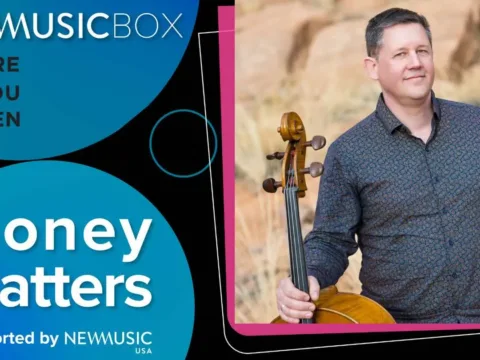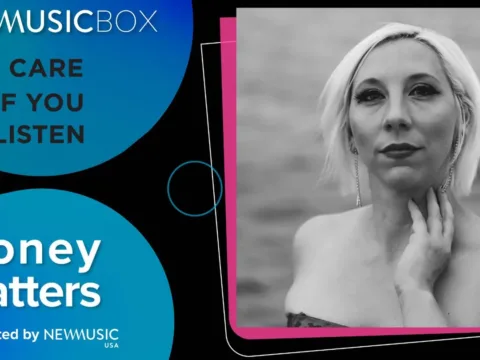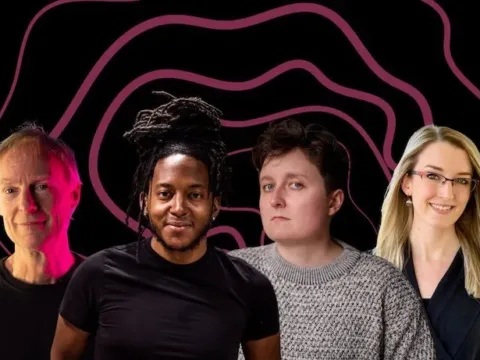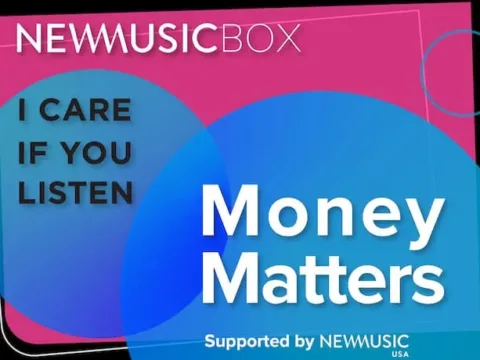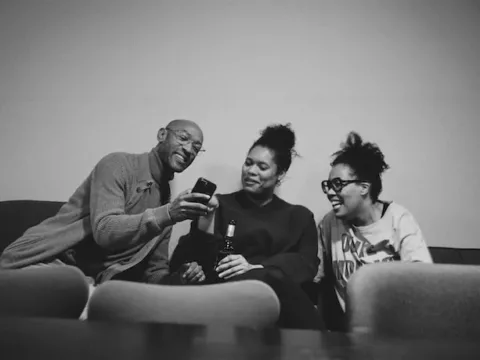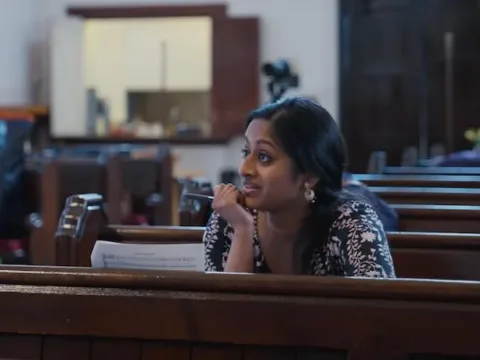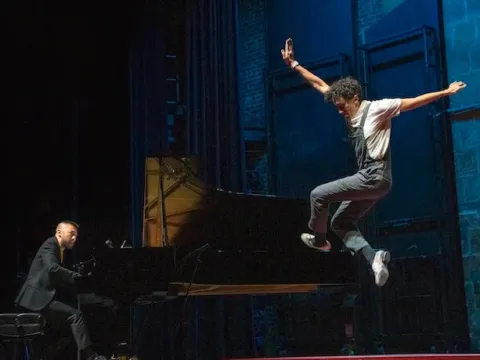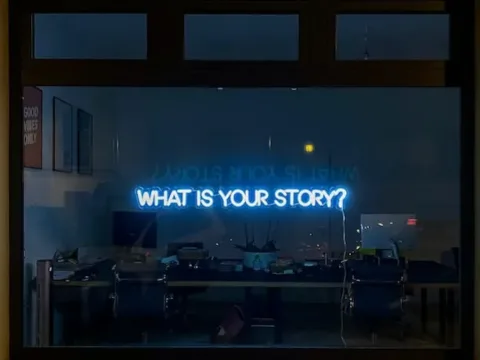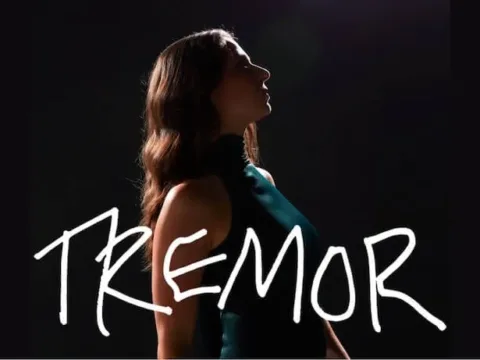Coming from the classical music and opera world, I can’t say very often that a popular hit has smashed through my blinders and made me reconsider everything I understand about music and genre. It’s unusual, but nothing about “Old Town Road” is usual. As classical music continues to wrestle with its own place in an increasingly diverse world, I think there is a lesson to be learned from “Old Town Road” about how to reference other cultures without appropriating.
The song by Lil Nas X has been at the top of the Billboard Hot 100 chart for a record-breaking 20 weeks, after it was removed from the country charts for “not embracing enough elements of today’s country music.”
I don’t agree with this assessment. While Lil Nas X has described the song as “country trap,” every bar oozes with Americana sentimentality, exactly what 21st-century country music has been trying to capture for decades now. Yes, the song also has elements of hip hop and has managed to find a home in that genre as well. And yes, before “Old Town Road,” Lil Nas X described himself as a rapper, not a country artist.
Many view country and hip hop as diametrically opposed. Each comes with their own expectations: Rural vs Urban, White vs Black, Patriotic vs Political, all false dichotomies perpetuated by the music industry. Up until a few months ago, that any kind of crossover could achieve mainstream success would have been difficult to imagine. Yet audiences clearly aren’t put off by the way “Old Town Road” reaches across subculture to create something new. In fact, they revel in the boldness of genre-bending.
Borrowing from other traditions is something classical music listeners will recognize. For centuries, composers have reinterpreted the music of other cultures. Standing in one musical tradition, they’ve reached across oceans to “borrow” elements from another tradition, translating these elements into their own language—i.e Western language—with a romanticized, exoticized twist that renders the borrowed tradition almost unrecognizable.
Some of the worst appropriators are composers whose work we are still performing again and again: Debussy, Puccini, Verdi, and others. The issue remains controversial. The “exoticized” works that these composers produced have been historically revered for their beauty and maintain a significant place in the canon. Even so, musicians are beginning to ask questions about whether or not the inherent colonial biases of these works have a place in an increasingly global world. I mean, it’s 2019 and we’re still asking white singers to wear blackface in Aida.
View this post on Instagram
View this post on Instagram
But with “Old Town Road,” Lil Nas X manages to reference multiple subcultures at once, even satirize them, without ringing the cultural appropriation alarm bells. Why is that? Is it perhaps that the artist—a young, black, gay man—is punching up at a cowboy culture that’s held a lot of power and privilege? Is it because that cowboy idea of rugged individualism has always been more of a romanticized mythology than a living, breathing culture? Possibly. But the main reason for the success of “Old Town Road” lies in its status as a meme.
“Old Town Road” is a Musical Meme
A meme is more than just an internet joke. It’s a piece of content that can be lifted from its origin to be reimagined and recontextualized over and over until it becomes a nearly universal form of expression. The more abstract and removed from context a meme is, the more relatable. This differs from cultural appropriation, where an idea becomes more unrecognizable and isolating the farther it is removed from context. We associate a meme with an emotion, with an idea, and with a zeitgeist. Not a specific lived experience.
The basic elements that make up “Old Town Road” are a sampled banjo from Nine Inch Nails’ “Ghost IV – 34” turned into a trap beat by Dutch teenage producer YoungKio with vocals and lyrics from Atlanta-native Montero Hill a.k.a. Lil Nas X. The remix adds a verse performed by Billy Ray Cyrus—Mr. Montana himself—to give it even more country credibility. It’s a bizarre, eclectic mix, borrowing components from so many disparate places, it could only have been forged in the free-for-all that is the Internet.
But the real fascination rests in the lyrics. The words refer to the clothing and the behavior that we typically associate with cowboy culture of the Old West. There are references to cowboy hats, Wrangler jeans, and the Marlboro Man. These all have more in common with our cultural idea of the Old West than actual reality. Lil Nas X’s lyrics capture the feeling of wanting to be a cowboy, of dressing in the accoutrements and adopting the mannerisms. He has even stated that he had never ridden a horse before filming the music video.
me: i hate country music 🤢
Lil Nas X: im gonna take my horse to the old town road im gonna ride til I can’t no more
me: pic.twitter.com/ZpxMlOvGZM
— stoopid juice (@iridescenita) March 31, 2019
Lil Nas X imitates a subculture that he does not really have firsthand experience in. It’s not meticulously researched. It’s a grab-bag of various images that our culture associates with the cowboy. This sounds dangerously close to the cultural appropriation we criticize in works from the Classical canon, but “Old Town Road” approaches loose imitation of a subculture with an open hand, inviting fans of country and hip hop alike to participate in its unique blend of satire and wish-fulfillment. Because it is asking listeners to question what makes a dominant subculture valuable, it avoids the pitfalls of misrepresentation.
“Old Town Road” is a relatable song, not because we understand what it’s like to live that mythologized cowboy life (I don’t think that anyone has ever truly lived that life). “Old Town Road” is to cowboy culture what a smiley face emoji is to an actual smile. It’s an abstraction, a step or two removed from reality. The song is relatable because our culture tells us again and again that we should try to live that lifestyle. We should surround ourselves with those material possessions, behave and speak in such a way to perform rugged individualism. It’s a ridiculous message, and Lil Nas X understands that and keeps a sense of humor throughout.
“Old Town Road” is a complete fantasy, but unlike other “exoticized” Western music, it is not a fantasy that isolates. This is not a song that seeks to conquer or “improve” upon another culture. This is not an artist who wants to isolate fans of country music by disrespecting their traditions or rendering them unrecognizable. If classical music is going to continue to perform music that does not accurately depict other cultures, it is important to remember this: the context in which these words are being said and the artist who is saying them that makes all the difference.
Billy Ray Cyrus: “I’m gonna take my horse to the old town road”
Me: “I’M GONNA RIIDE TILL I CAN’T NO MORE!!!” pic.twitter.com/fiB7oxZNzm
— Big Poppa (@__Mlungisi__) April 6, 2019
So what can classical music learn from Lil Nas X’s success?
Lucky for us, classical music is some of the most meme-able music out there. Consider the heightened stakes, the drama of wailing voices and instruments, and the mere fact of its centuries-long endurance. It’s the kind of meme that works just as well in a ballet setting as it does in a cartoon as it does at the Olympics. It is abstract and emotional, and when in the public domain, able to be recontextualized as anyone sees fit. Consider how Looney Tunes expanded the cultural consciousness of a generation by interweaving cartoons and landmark pieces of music. That’s not to say that Looney Tunes was not appropriative, but it did demonstrate how Classical music can be repackaged and repurposed for a new generation, so long as it doesn’t take itself too seriously.
When classical music allows itself to be untethered from the legacies of great artists, the expressive possibilities open up. Too often, we believe the fallacy that the only way to respect this music is to preserve it exactly as the composer intended. Why must this music only be performed in a silent concert hall instead of, say, a bar? Why must we perform Aida in original make-up, despite our contemporary understanding of blackface and racism? Why must we print in the program that Debussy was inspired by Balinese gamelan music, without letting the actual Balinese experts perform and discuss their own traditions before the audience hears a note of Debussy?
To do so would be to remove the composer as the most revered thing, and instead allow the context to shape audiences’ relationship to it, just as Lil Nas X has taken the cowboy from unattainable ideal to mass meme. And artists are already doing this. Opera on Tap and New Amsterdam Records are among those organizations successfully breaking down genre expectations.
For Lil Nas X, it took a turn on TikTok—a popular social app where creators can share videos up to 15 seconds long—to bring the song to people’s attention. People were able to film themselves enjoying the song in their own way, whether they were dancing around their own living rooms or pretending to wrangle cattle in their own backyards.
If Lil Nas X had insisted on complete genre purity, then “Old Town Road” would not exist and it would not have found such a fervent global audience ready to contribute to its story. The audience’s reaction to the music superceded Lil Nas X’s intentions and contributed to its success. How does classical music encourage audiences to do the same?
It starts by opening up the gates, just a little bit. We must encourage creators to continue sharing this music where there are audiences willing to listen, whether that’s a school, a park, or on the internet. It means allowing audiences to interact with the music in their own way, whether they sing or dance along, or (scandalous!) clap between movements. By any means, we ought to encourage audiences to find the humor in the music, to find the relatability. We cannot reasonably expect to divorce the music from its problematic history—however, we can shape future performances in a way that allows audience reactions to dictate how that history is written moving forward.
